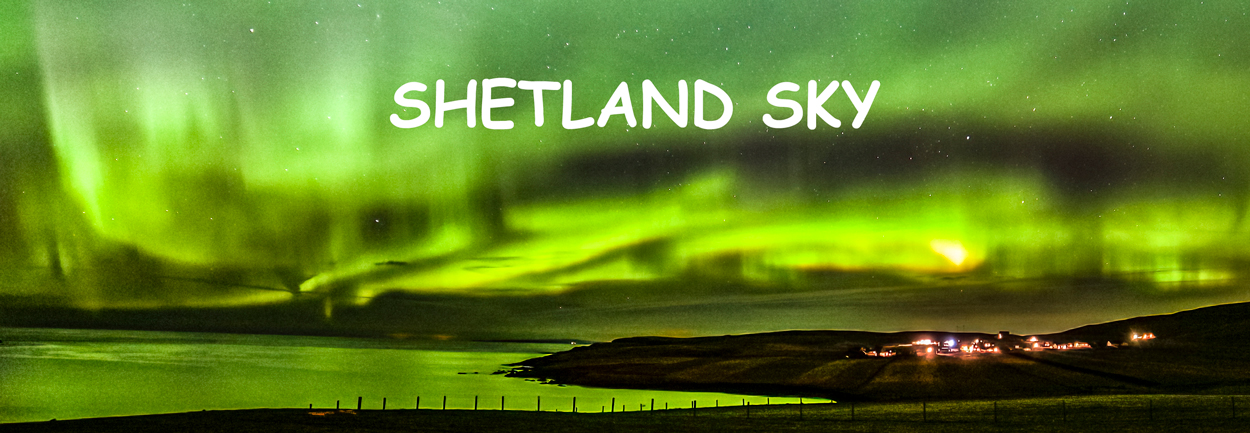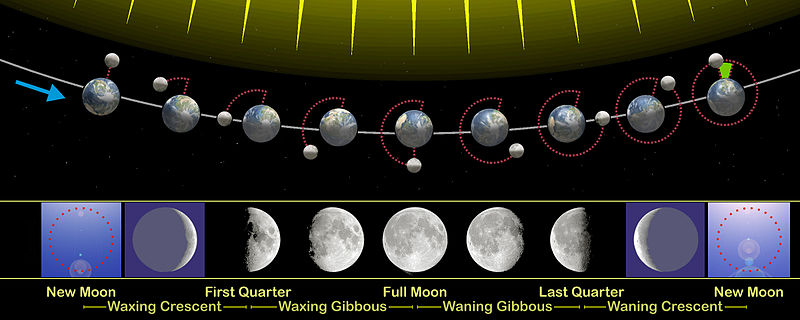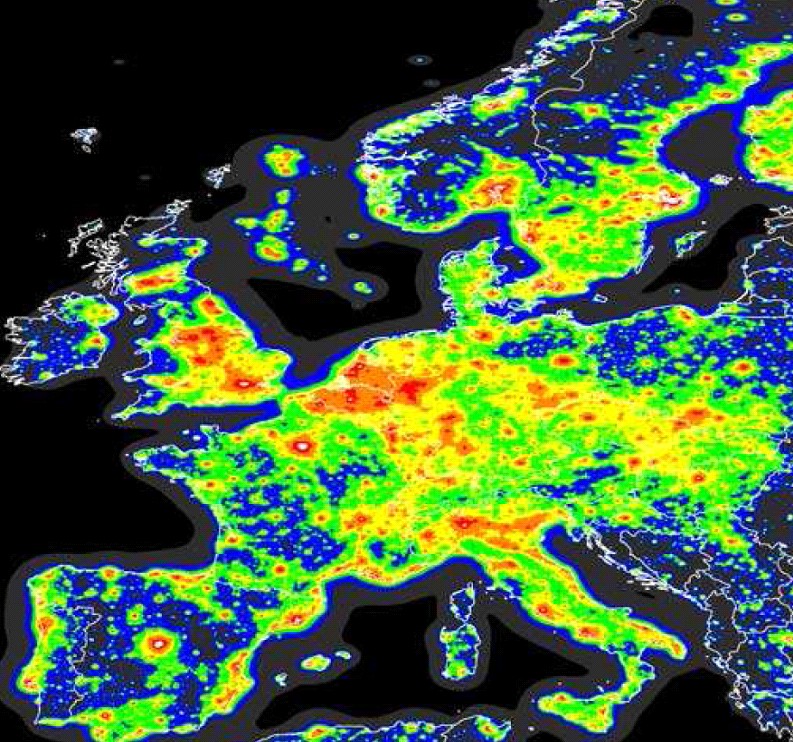Everyone loves a sunset and Shetland sunsets can rival any in the world but do they get the appreciation they deserve? In some areas of America and in Ibiza people often gather on a pier to watch the sun going down and then give a round of applause. This should happen in Shetland !
http://www.youtube.com/watch?v=7XUPyXYtFjg (Ibiza applause for a sunset)
People capture superb sunsets and then share them on places like face book and its great to see them and for many see what they have missed. It may be that you cannot spare the time or it may be cloudy in your part of Shetland but the weather can change suddenly and give you a window of opportunity.
Every sunset is different, it is simply the sun going down in the western sky. In astronomy it is when the sun disc finally disappears below the horizon . North of the Artic circle and south of the Antarctic circle at least one day a year has no sunsets or sunrises.
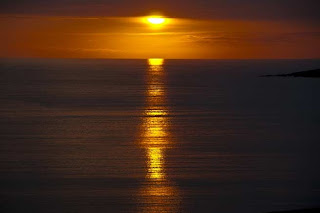
Regarding the colour of each sunset, its all about the rays of light from the sun which are scattered by airborn particles / molecules , changing the colour that the observer sees. Greens and blues, having a shorter wavelength, are scattered more widely and are therefore not seen in the beam of light. At Sunrise and sunset when the sun is lower it has to travel further through the atmosphere which removes the blues and greens, leaving the longer wavelength colours , Orange and Red hues the more prominent. The remaining reddened light is then scattered by cloud droplets to lighten the horizon Orange and Red. Sunsets are generally more brilliant than sunrises as more air particles develop throughout the day than first thing in a morning.
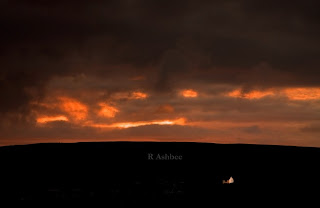
Ash from volcanoes tend to mute the sunset and sunrise colours , while volcanic ejecta that instead are thrown high up into the stratosphere can enhance any sunset or sunrise, these are called afterglows.The high altitude clouds tend to reflect the reddened sunlight down to the surface of the earth.
Some people believe in the sayings ` Red sky at night sailors delight, red sky in the morning sailors warning'. There is no doubting that people stand in awe when watching a sunset, the colour, the expectation, we feel something - What does a sunset mean to you ?
With ever changing colours it is set to inspire not just me with my camera but many more, along with artists, poets, writers, and those that just want to watch.
One of my favourite poems about sunsets
I wonder why when you say goodbye
beautiful colours paint the sky.
Shades of orange, yellow and pink too.
all come out because of you.
And though i hate to see you go,
i really do enjoy the show.
I've seen you leave so many times
and still it's a favourite sight of mine.
There'll be no sadness, be no sorrow
because my sun, you'll come out tomorrow.
I won't feel hurt, i'll feel no pain
because on your way down, your colors will reign.
and just two verses from this great poem:
Twenty-nine thousand four hundred seven sunsets
With one same sun on the one same sea.
At last, in these final days, each sunset is anticipated, craved
Regardless the mood of the sea, it will receive the sun.
No matter the face of the sky, it will let go the same.
The sun itself, always churning, always burning,
Swells with new brilliance, new radiance and splendor
Each time it approaches the sea,
Then morphs into a molten pool on the sea's surface
Before plunging from view-
Never more a sunset lost
Twenty- nine thousand four hundred seven sunsets
With one same sun on the one same sea
Then on glorious day,
The day of my twenty-nine thousand four hundred and sixth sunset,
And I sat at my usual place along the shore,
Saw the sun rise out of the sea from where it had just set !
The sun rose back up into the sky, and
In the very next moment on the very same day, it set again.
I experienced my twenty-nine thousand four hundred and seventh sunset,
The second one in one day,
Oh glorious day !
A sunset gained.
So we don't need to join together to give applause to a Shetland sunset, but if you are the one stood on the west coast and then start to clap another Shetland sunset, then you are joining with many others that rejoice at this beautiful sight. So for now share these photos of Shetland sunsets, but make an effort to get out and find your own spot to admire the sun going down
